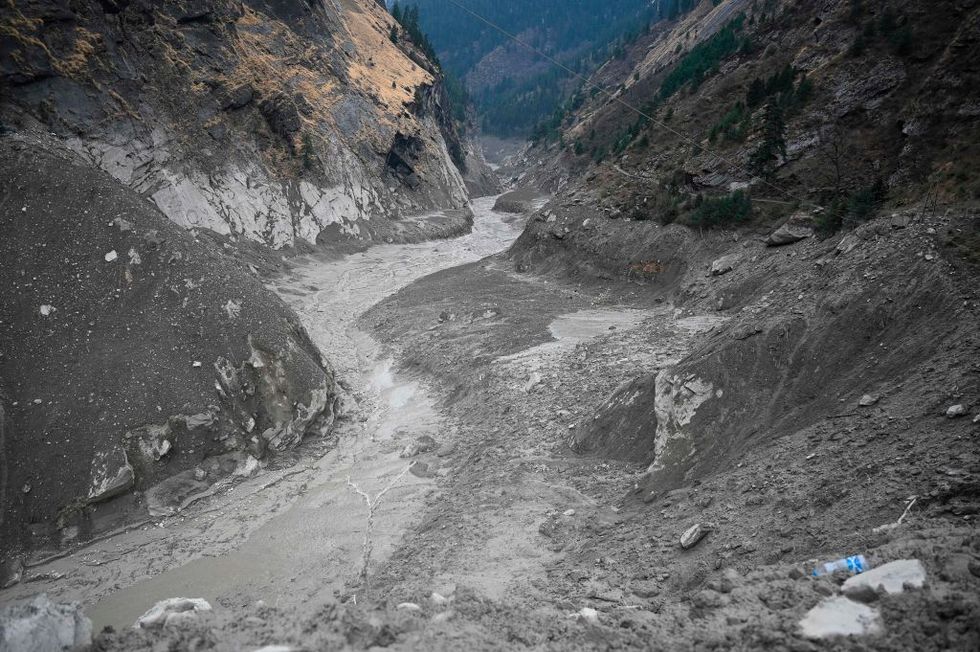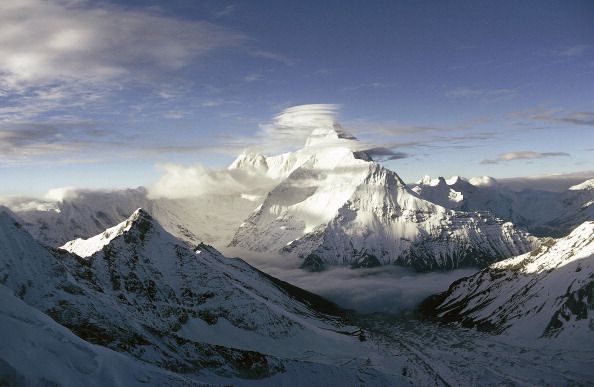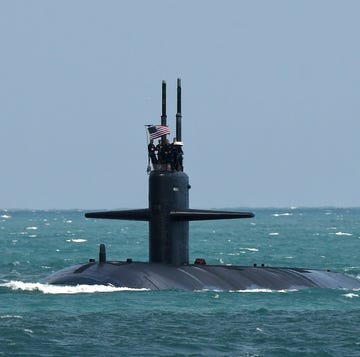- Villagers in India are worried that recent deadly floods are the result of plutonium hidden in the Himalayas.
- The CIA lost the plutonium after a secret mission to monitor China’s nuclear program.
- Although unlikely, it’s an example of how fearful people are of nuclear materials.
Villagers are blaming a long-abandoned cache of plutonium for deadly floods in India’s Himalaya mountains.
The plutonium, which the Central Intelligence Agency (CIA) abandoned in the 1960s, was meant to power sensors designed to monitor Chinese nuclear tests. While villagers in the vicinity blame the plutonium for floods that have killed scores of people, the missing radioactive material most likely isn’t the cause.
The floods, which hit the Indian state of Uttarakhand earlier this month, killed 50 people. Scientists believe the flooding started when a piece of a glacier fell into water and dammed a mountain stream. Eventually the dammed water broke free, sending a surge of water hurtling downstream.
But one nearby village, nestled high in the Himalaya mountains, doesn’t think the glacier was responsible for the flooding, according to Yahoo News. Instead, the villagers of Raini point to the plutonium left behind by a joint U.S.-Indian intelligence mission in the 1960s. The mission was to install a sensor, powered by the radioactive isotope Pu-238, and pick up evidence of Chinese nuclear testing.
The People’s Republic of China tested its first nuclear bomb in 1964, at the Lop Nur testing site in western China. “Operation 59-6,” as it was called, was a 22-kiloton nuclear device, about 50 percent more powerful than the bomb dropped on Hiroshima.
The CIA badly needed intelligence on China’s nukes, but Lop Nur was hundreds of miles from the nearest friendly country. The closest the CIA could get was the Indian Himalayas, so the agency approached the Indian government with a proposal for a joint intelligence operation. India, which had fought a brief war with China just two years earlier, agreed.
☢️ The Best Nuclear Books
In the 1965 operation, a joint U.S.-Indian spy team ascended the Himalayas intending to install the device. The sensor used a radiothermal generator to provide power, essentially turning the waste heat from decaying nuclear isotopes into electricity. This is the same process that powers NASA’s Mars Perseverance Rover and uses the same radioactive isotope, plutonium dioxide (Pu-238).
The joint mountaineering team attempted to place the device on the Indian mountain Nanda Devi. As WIRED explains, however, heavy snowfall and declining oxygen forced team members to stash the device without installing it, but hoping to return the following year. Indeed, the team came back to the site, only to discover the sensor and power source had vanished. No one ever found the sensor.
The villagers believe the missing plutonium isotope is still out there, generating waste heat that’s melting the snow and ice around it and causing floods. But that’s unlikely: While the plutonium dioxide is still missing, the half-life of Pu-238 is 88 years, and more than 50 years have passed. If the plutonium was capable of causing floods, it would have done so a long time ago, and thanks to radioactive decay, its capacity for creating heat is severely diminished.
🎥 Now Watch This:

Kyle Mizokami is a writer on defense and security issues and has been at Popular Mechanics since 2015. If it involves explosions or projectiles, he's generally in favor of it. Kyle’s articles have appeared at The Daily Beast, U.S. Naval Institute News, The Diplomat, Foreign Policy, Combat Aircraft Monthly, VICE News, and others. He lives in San Francisco.



















